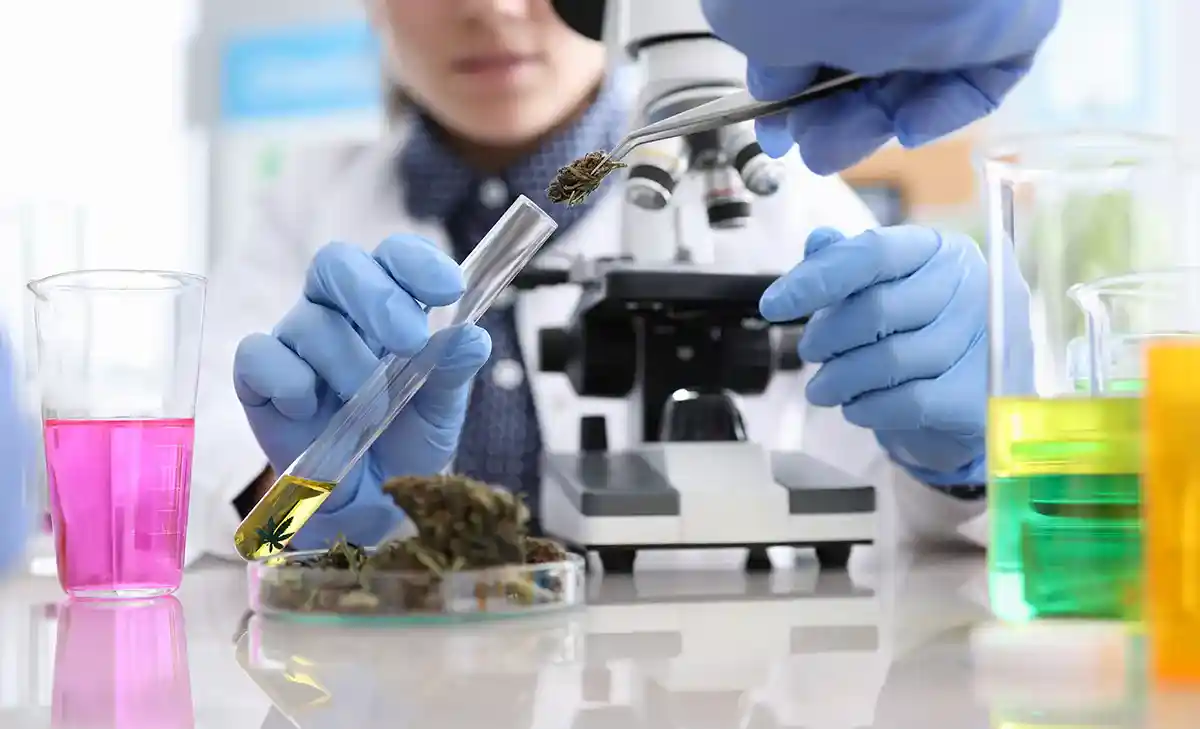The global increase in cannabis cultivation is a trend, with more countries and states legalizing its use for both medical and recreational purposes. While the social and economic aspects of this shift are often discussed, the environmental effects are frequently overlooked. In this blog, we will delve into the impacts of cannabis farming and emphasize the importance of adopting sustainable practices to address these issues.
Water Use: A Critical Issue
A key concern related to cannabis cultivation is its reliance on water resources. Outdoor cultivation operations require water volumes in regions with low rainfall or during drought periods. Moreover, indoor facilities depend heavily on irrigation systems that consume a large amount of water.
To tackle this issue, farmers can consider eco options such as rainwater collection and the utilization of drip irrigation methods. These approaches enable water conservation practices. Lessen the strain on local water supplies.
Energy Consumption: Environmental Footprint
Another consequence of cannabis farming is its substantial energy requirements. Indoor growing setups demand lighting systems, heating mechanisms, ventilation units like HVAC systems, and various electrical devices such as pumps and fans. These energy-intensive processes contribute to carbon emissions and escalate carbon footprints.
To tackle this problem effectively, farmers can opt for energy-saving solutions such as LED lighting systems of traditional high-pressure sodium (HPS) lights. By using HVAC controls, they can also manage energy usage efficiently by adjusting to temperature changes while ensuring growth conditions.
The Impact of Pesticide Use on Ecosystems
The use of pesticides is a tried and tested practice to combat potential threats from pests and diseases. However, when pesticides are misapplied, they can harm ecosystems by contaminating soil, plants, air, and water.
It is crucial for farmers to prioritize pest control methods that minimize pesticide use whenever feasible. Integrated pest management (IPM) techniques emphasize measures like developing resistant plant varieties or employing biological controls such as predatory insects or bacteria to combat pests.
Soil Degradation: A Focus on Sustainability
Cultivation practices in the cannabis industry often lead to soil health and fertility degradation over time. Continuous monoculture planting, plowing, and insufficient organic matter input can gradually deplete nutrients in the soil, resulting in erosion and degradation.
Embracing agriculture practices like crop rotation and cover cropping can help sustain soil health in the term. Moreover, it is essential for farmers to opt for fertilizers over ones to reduce the risk of nutrient runoff into water bodies.
Preserving Biodiversity
When cannabis cultivation expands, it often results in deforestation as new farms are established. This loss of habitat can negatively impact wildlife by displacing species or disrupting their habitats.
To address this challenge, organizations and growers can collaborate to prioritize land management practices that focus on protecting existing ecosystems. These efforts may involve implementing agroforestry methods, where cannabis plants are grown alongside trees, or restoring deforested areas through reforestation initiatives.
Embracing Practices: A Step Towards Environmental Responsibility
In addition to concerns about water usage, energy consumption, and soil health in cannabis farming, effective waste management is a frequently overlooked aspect of environmental sustainability. The process of cultivating cannabis generates waste in the form of plant trimmings, packaging materials, and unusable plant parts.
To reduce waste generation, growers can consider options like composting matter for agricultural purposes or collaborating with local recycling facilities to manage packaging waste properly. Some forward-thinking cultivators are also adopting closed-loop systems that allow them to recycle byproducts within their operations.
Fostering Community Connections: Cultivating Relationships
Beyond the impacts, cannabis cultivation can also influence local communities socially and culturally. Instead of operating as businesses, environmentally conscious farmers are actively looking for ways to connect with and support their local communities.
This community-focused approach includes activities such as teaming up with organizations to provide programs on sustainable farming practices or working together on conservation initiatives. By involving community members and stakeholders in discussions about responsibility, farmers can promote an inclusive and eco-friendly cannabis industry.
Conclusion
As the cannabis growing industry expands globally, it’s essential to recognize and tackle the consequences linked to this sector. By giving importance to methods like water usage, energy-efficient technologies, reduced pesticide application, soil preservation techniques, and thoughtful land use decisions, farmers can lead the path towards an eco-conscious cannabis sector. Achieving this goal requires cooperation among regulators, businesses, consumers, and environmental groups to ensure a future for cultivation worldwide.




